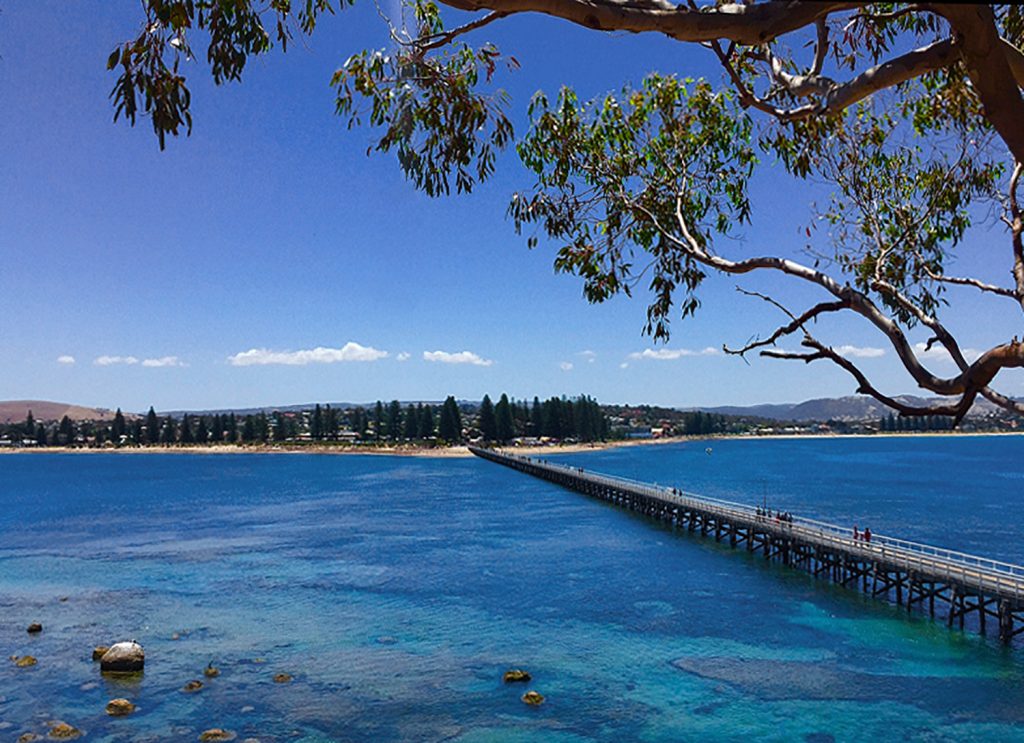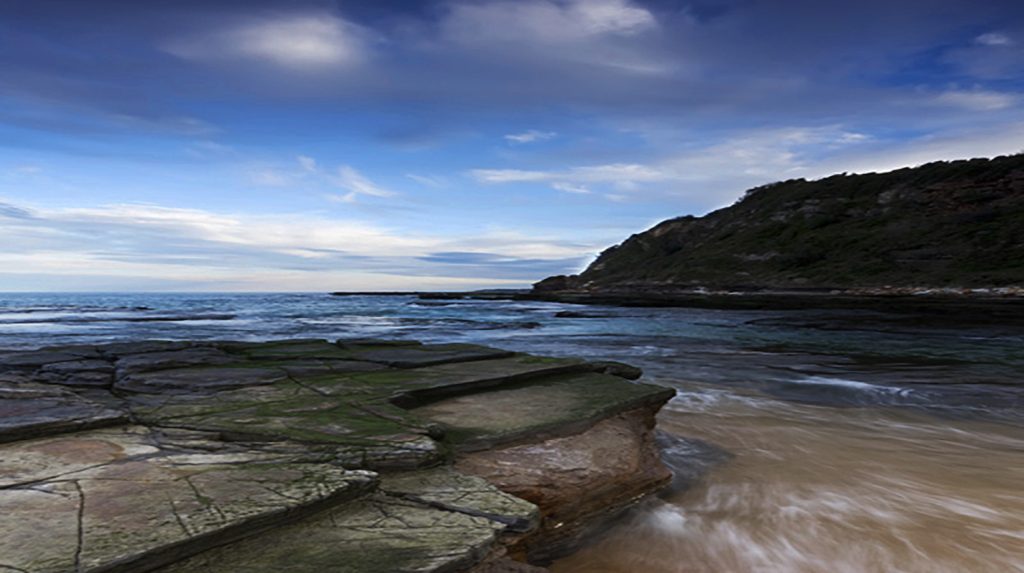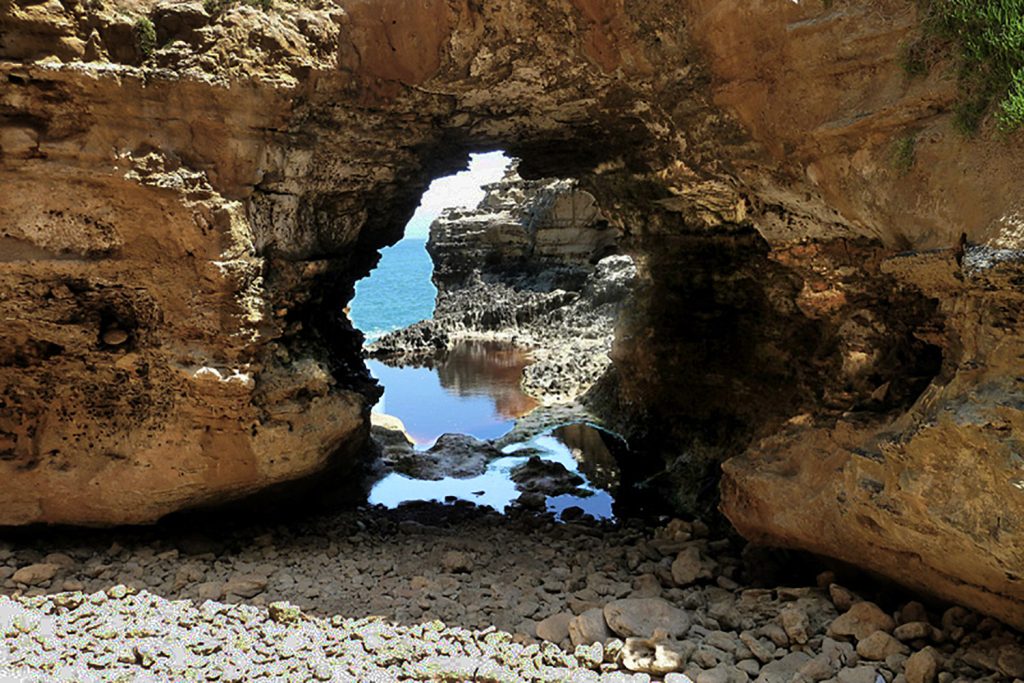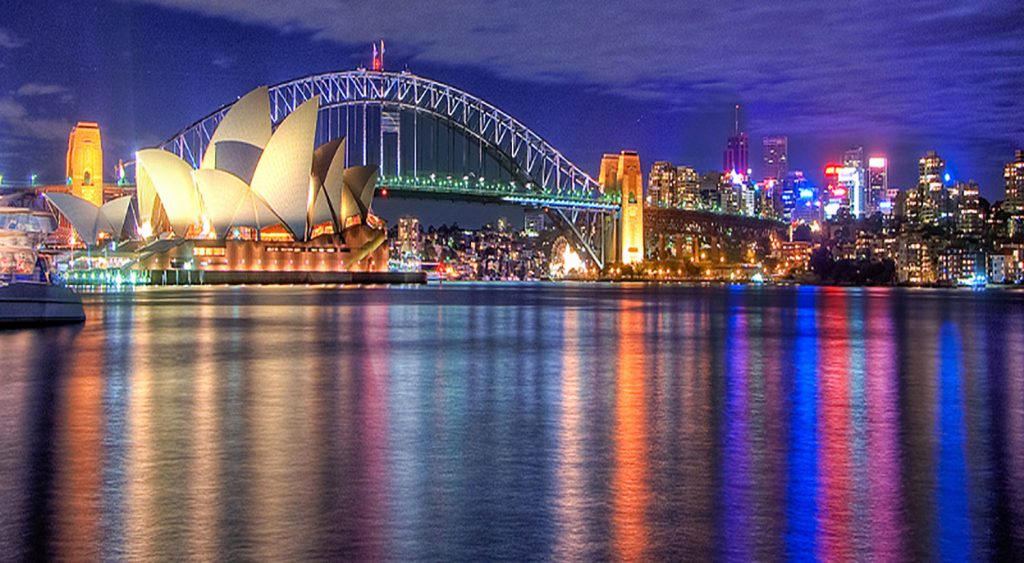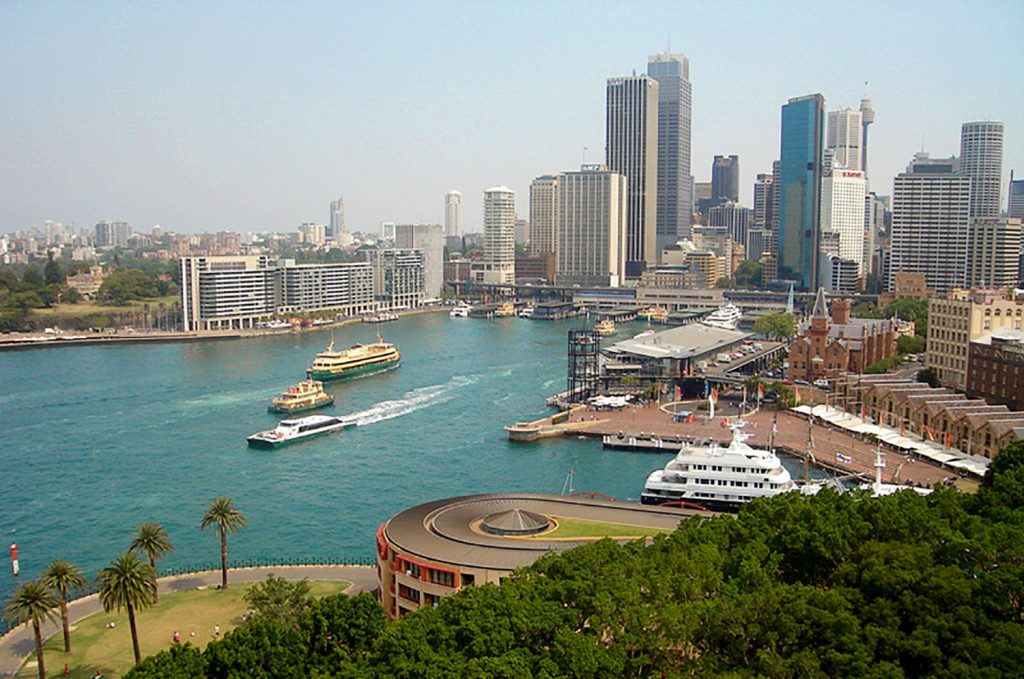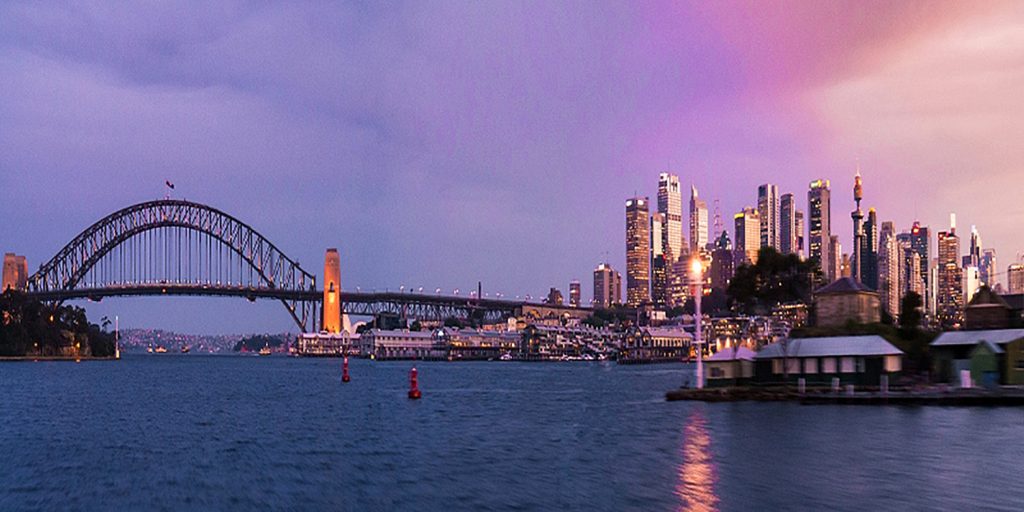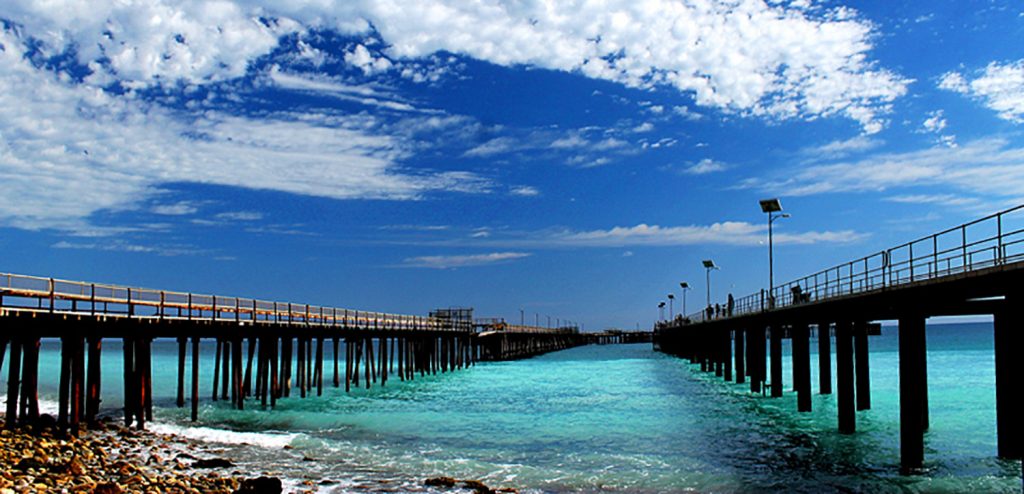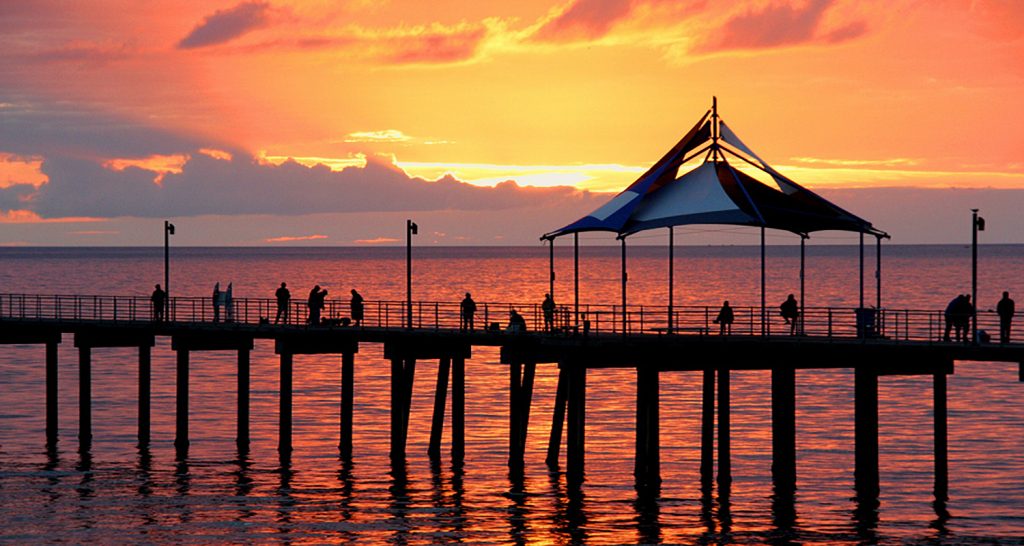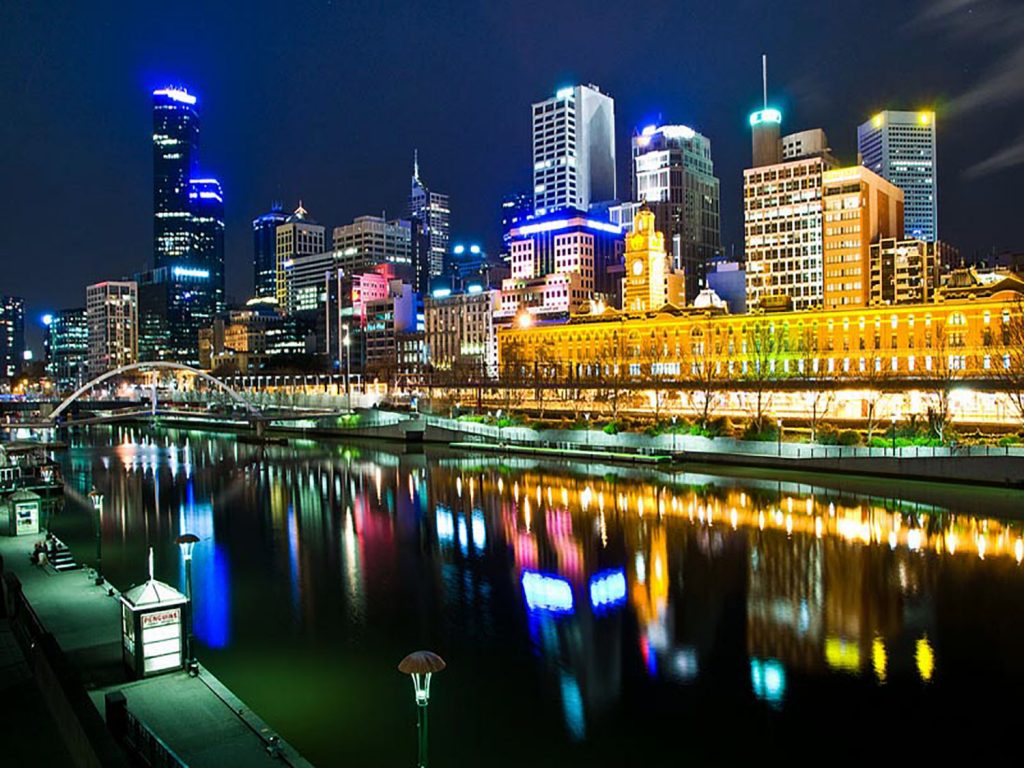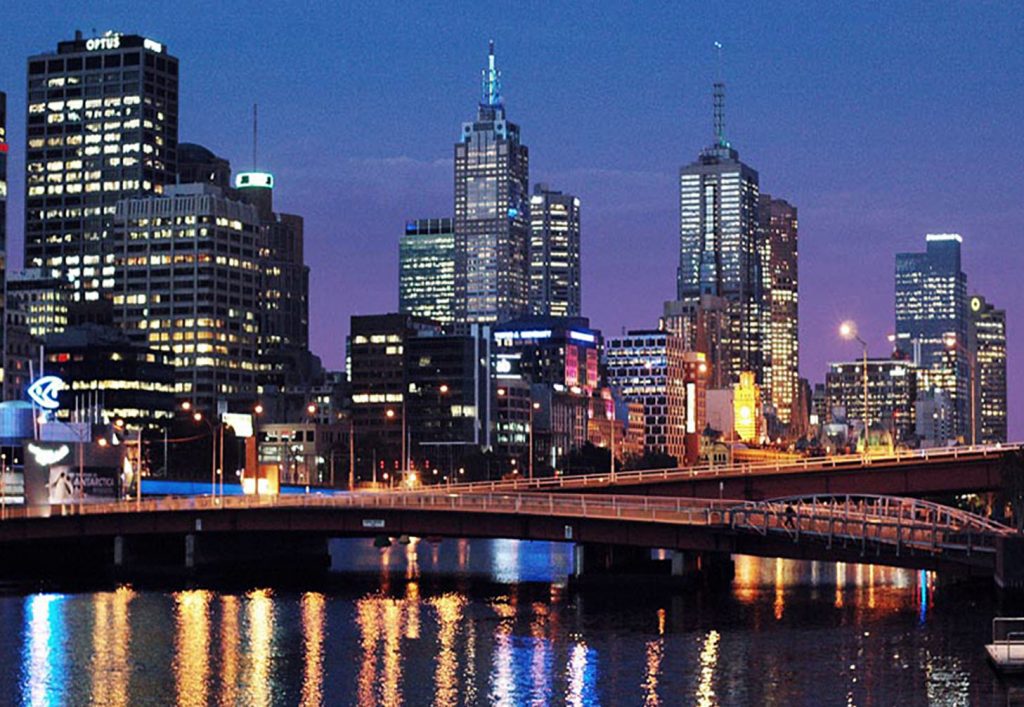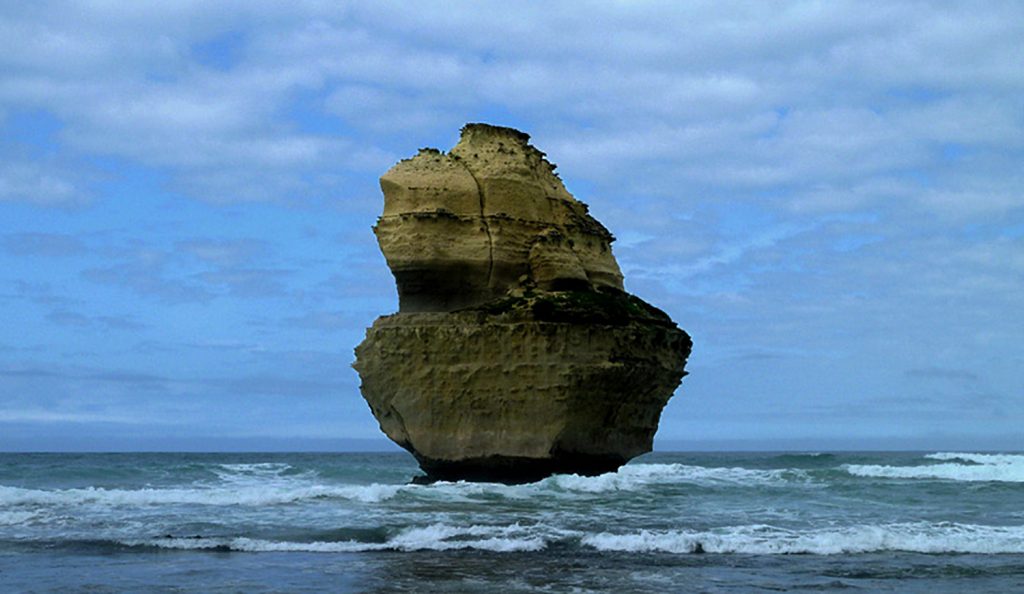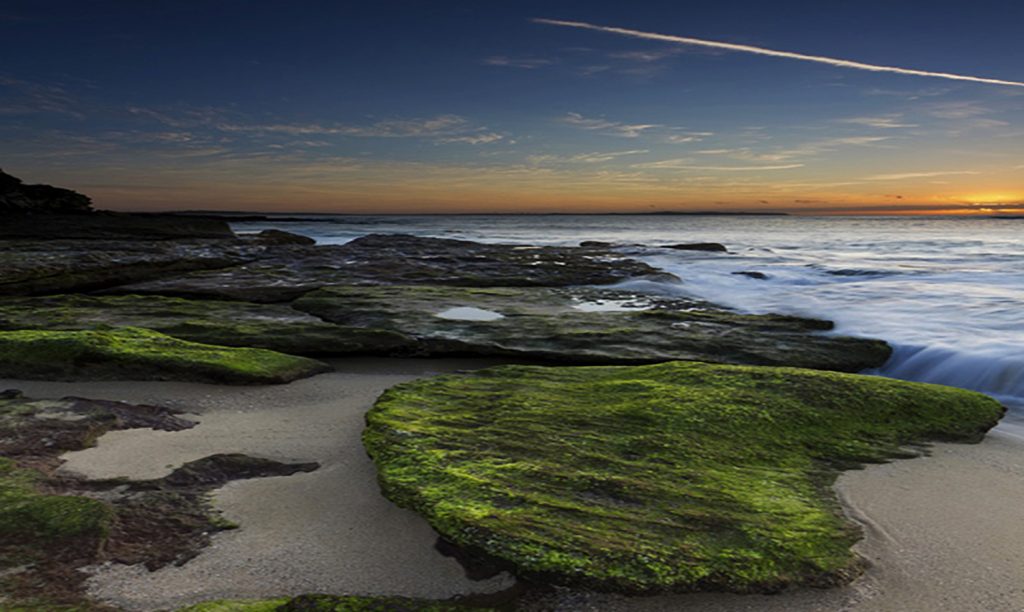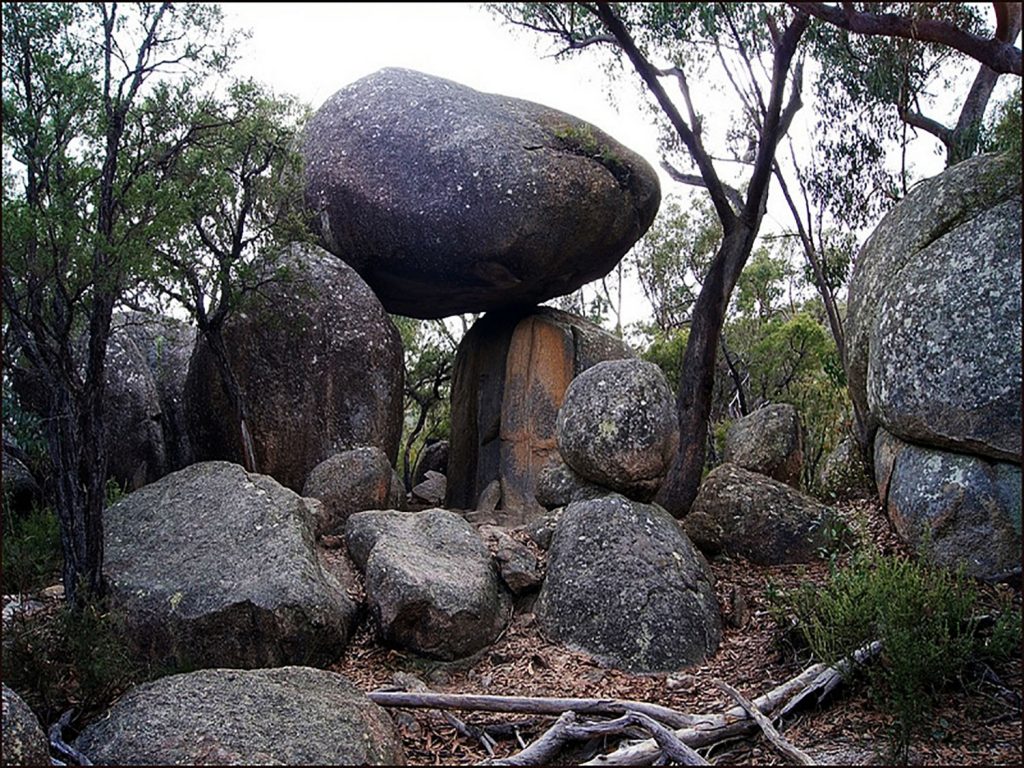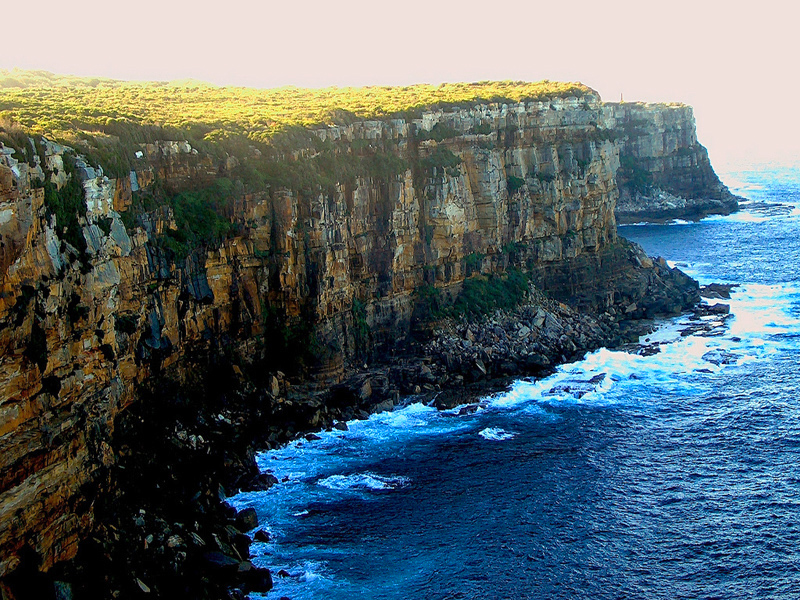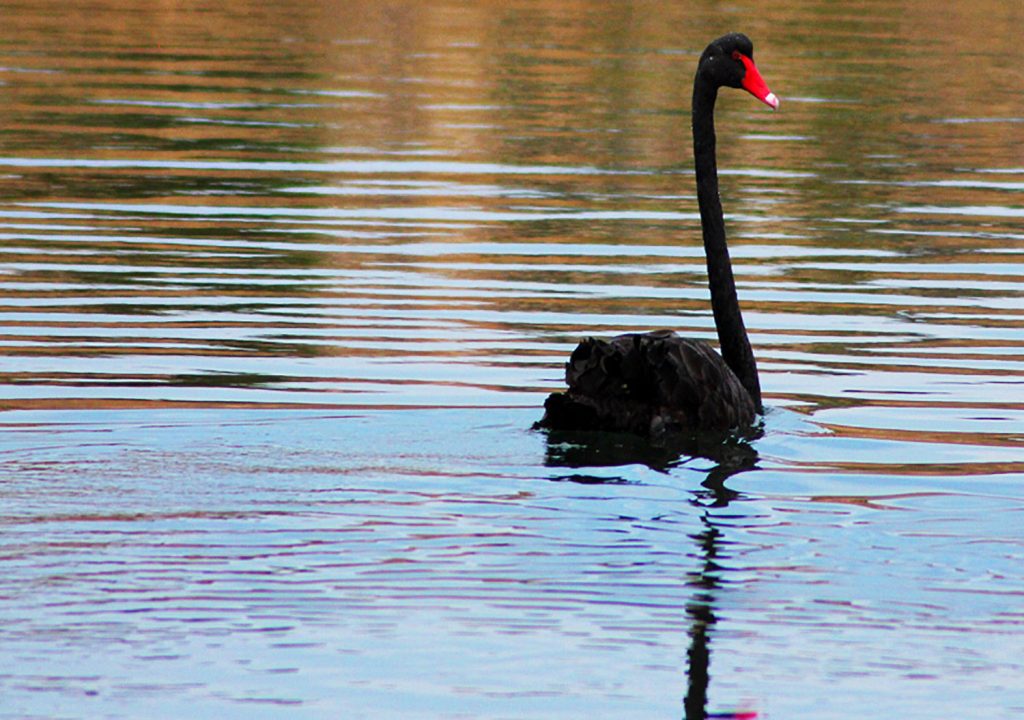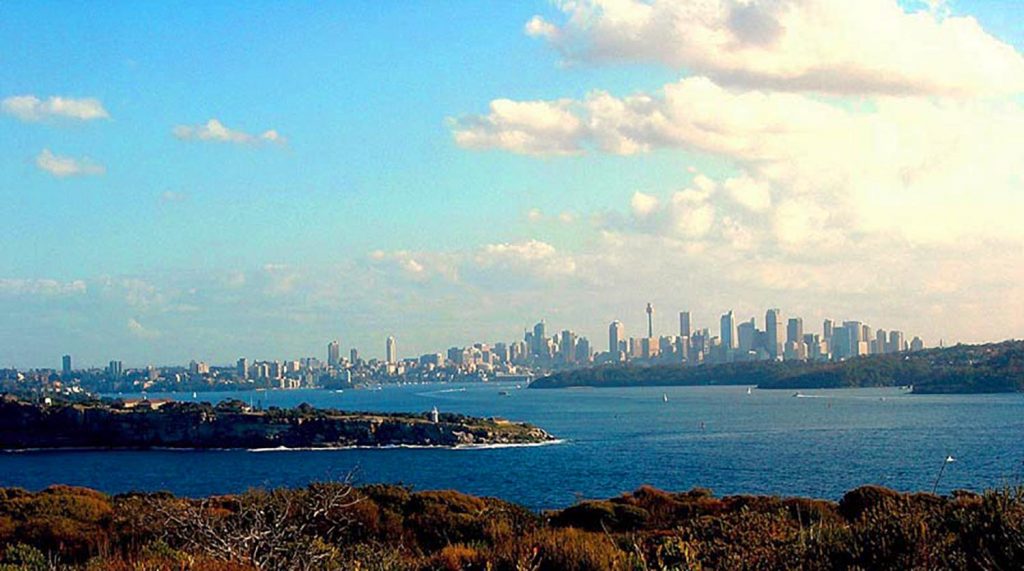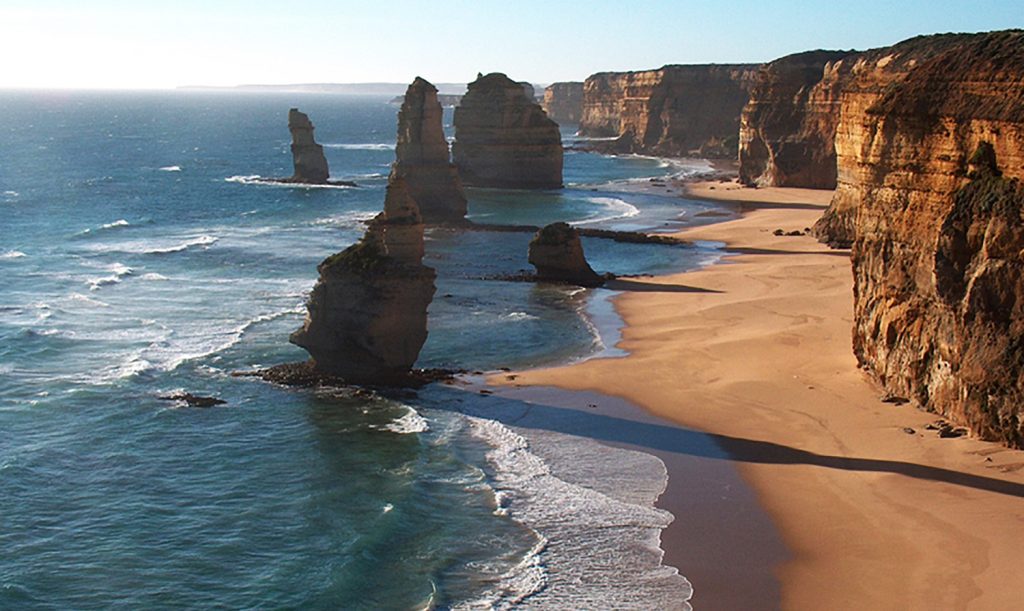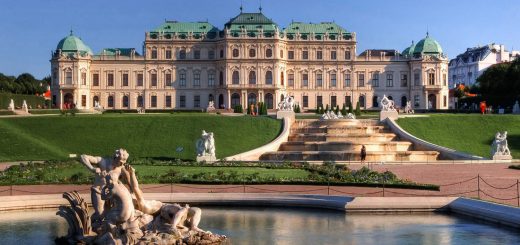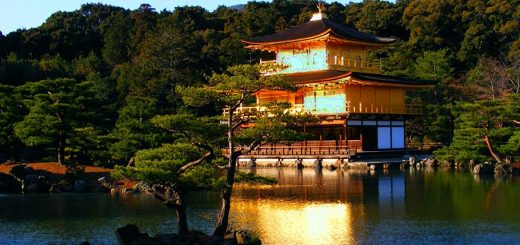Australia – Quick Travel Insights
Australia is the sixth largest country by total area. It is a developed country and one of the wealthiest in the world.
Most Australians live along the coast and most of them folks live in the cities.
If you don’t live in Australia, you may not be aware that the capital of Australia is Canberra, which is inland (although only by a few hours’ drive), unlike most of the other large cities. It is a designed city (like Washington) and is a cultural centre, with influences from a wide range of ethnicities (as a result of being the diplomatic as well as the government centre for the country). Canberra has more restaurants per head of population than any other city in the country, and from a vast range of flavours and cultures.
The big cities are a lot of fun. Sydney is a glamorous collision of beaches, boutiques and bars. Melbourne is all arts, alleyways and Aussie Rules football. Brisbane is a subtropical town on the way up; Adelaide has festivals and wineries and more, boom town Perth breathes West Coast optimism; Darwin is all laid back tropical living and Canberra transcends political agendas.
The best way to appreciate Australia is to hit the road (but remember that Australia is BIG – the same ground area as the continental USA – so you’ll need weeks to see even a tiny bit of it. Fly from region to region, then get a car.). Car hire is relatively affordable; road conditions are generally good and beyond the big cities traffic fades away.
Sydney offers plenty of historical and contemporary Australian flavors. The marvelous Sydney, Opera House looks like a great origami sailboat, floating peacefully in the harbor. Wander the narrow cobblestone streets of the Rocks and then take in a street performance on the Circular Quay before heading into the Museum of Contemporary Art.
Melbourne is Australia’s cultural capital. Its stately Gold Rush –era architecture and multicultural make-up reflect the city’s recent history, while edgy street art, top museums and sticky carpeted band venues point to its present-day personality. It is a city that is both dynamic and cosmopolitan.
Brisbane is Australia’s third largest city and is the hub of Queensland culture offering a peek at the past and a glimpse into the future. Visit the historic Windmill and Old Commissariat Store which was built by convicts in 1828, or fast forward to the present and with a trip to Gallery of Modern Art. Cruise the Brisbane River to South Banks sandy beach on the City Cat and make sure to fill the cuteness quota at Lone Pine Koala Sanctuary, home to koalas and Kangaroo.
The cities mentioned above are just sample of Australia’s cities that is best to see and experience the best of Australia.
If you’re not into cities so much, but you love nature and magnificent scenery, then Australia has a lot to offer you. With a climate ranging from tropical to cold temperate, there is a huge range of natural environments to see (see some of the pictures attached to this article!). To give you an idea, the part of Australia closest to the equator is the same distance from the equator as the border between Costa Rica and Nicaragua, and the part of Australia furthest from the equator is the same distance from the equator as the border between Oregon and California.
That means there are tropical rainforests, deserts, temperate farmland areas, mountains, snowfields, and everything in between – all packaged up inside a coastline with stunning white sand beaches everywhere.
Here are samples of city based attractions you may find in Australia:
The State Library of Victoria which is the central library of the state of Victoria, Australia, located in Melbourne. This is one of the world’s great libraries and is the state’s premier reference and research library and a gateway to the world’s information. It was founded in 1854, largely through the efforts of a number of prominent Melbourne citizens, such as Sir Redmond Barry and Lieutenant-Governor Charles Joseph La Trobe.
The library’s collection goes well beyond books – It holds thousands of significant items reflecting Victoria’s cultural and social heritage including historical documents, such as John Batman’s journal, unique objects such as Ned Kelly’s armor, and paintings such as William Strut’s Black Thursday, February 6, 1851.
The balconies encircling the beautiful Domed Reading Room have now been transformed into exhibition areas. The Rome Gallery houses the changing face of Victoria, an exhibition with an ever-changing display of pictures, manuscripts, maps and objects ranging from key historical artifacts to items from daily life.
In Brisbane, you will find the Old Commissariat Store which was built by convicts in 1828. Stone for the building was quarried by the convicts, at Kangaroo Point, opposite the Botanical gardens, and conveyed by punt to the wharf situated in the river front. It took the convicts four months to construct it. Skilled convicts undertook the masonry and construction work.
The wharf was later on known as King’s Jetty, as, at the time, George IV was reigning. It continued as a government store and the wharf was used for government purposes.
The Historic Port of Echuca is the star attraction in Echuca. As you walk along the pedestrian only Murray Esplanade, the port of Echuca Discovery Centre is your gateway to the Echuca Wharf area. There are excellent displays on the port’s history, the paddle steamers and the riverbank trade. Guided tours set out from the discovery centre twice daily
In Sydney you will find the iconic Sydney Harbour Bridge, and the Sydney Opera House – both with an interesting history in how they were built and became as famous as they are today. If you are feeling brave (and you book ahead!) you can go on a guided climb to the top of the Bridge – with spectacular views of the Harbour and city.
In Canberra, you will find Parliament House, the National Library, the National Gallery, the National Museum, the National Botanic Gardens, and many more attractions. Be sure to visit in the early part of the year (usually February or March) for events like the National Multicultural Festival and the Canberra Balloon Spectacular.
.
.
Images used with this article are from various photographers, as found on www.flicker.com.
They are: Tatters, Gemma Stiles, Thomas Depenbusch, Les Haines, Travis Simon, Kevin Gibbons, Jami Kelnanen, Yasser Alghofily, Aristocrats Hat, Tom Dawson, Fraser Mummery, Hal Linh Truong

